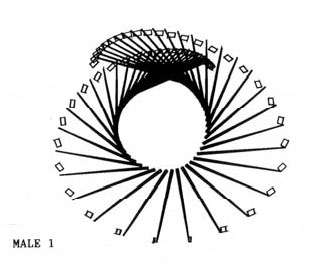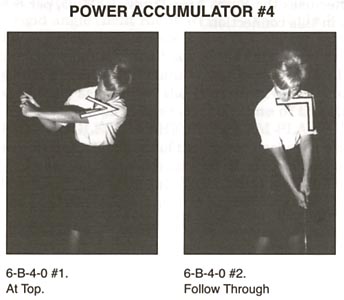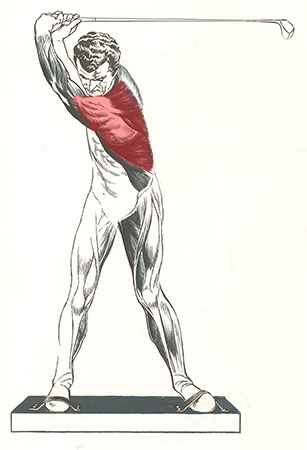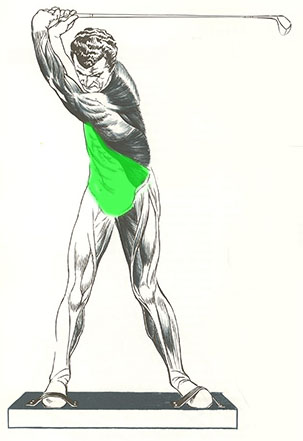Re: Lag and the Moment of Impact
Don't know anything about physics - just feel.
I know I've done the right thing when I focus on the hands being ahead of the ball at impact and;
when practicing, putting a tee a couple of inches in front of the ball and trying to hit that first.
I still struggle with thinking of maintaining the angle b/w the hand and arm on the down swing.
Don't know anything about physics - just feel.
I know I've done the right thing when I focus on the hands being ahead of the ball at impact and;
when practicing, putting a tee a couple of inches in front of the ball and trying to hit that first.
I still struggle with thinking of maintaining the angle b/w the hand and arm on the down swing.








Comment